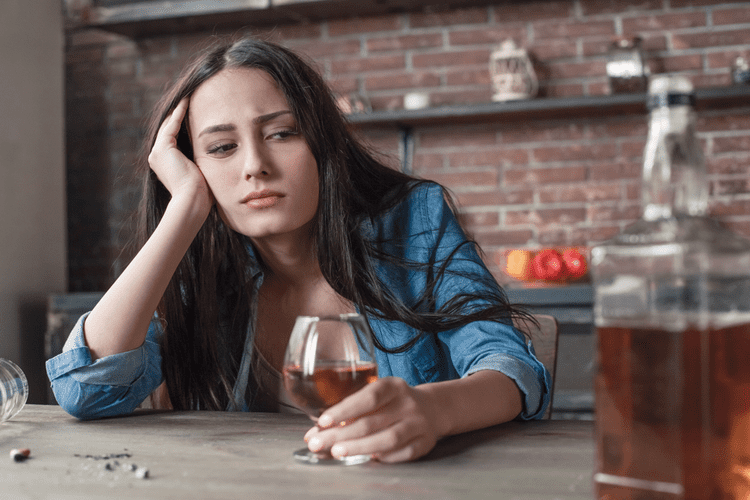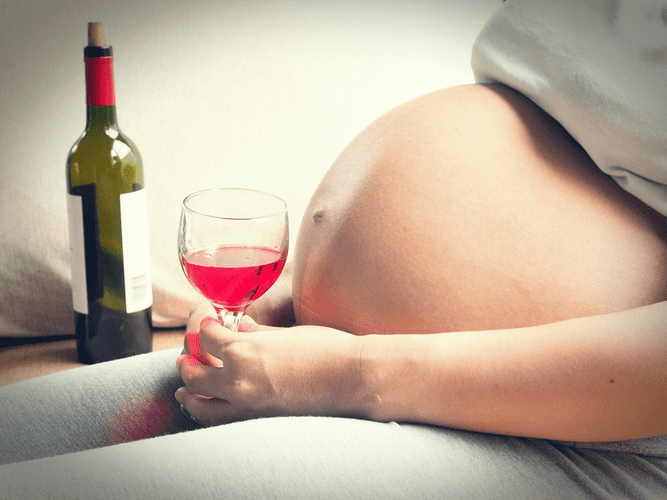Countering The Abstinence Violation Effect: Supporting Recovery Through Relapse
An effective approach to maintaining motivation is reframing the lapse as a setback. Setbacks are a normal part of the recovery, meaning the isolated event is not an indicator of overall failure. Instead, foster the mindset that the event was a learning opportunity which provided insight into what can be done better in the future. I’ve heard of AA meetings where a member with over 10 years of sobriety ends up drinking (let’s say as an attempt to cope with the loss of a loved one or other tragic event). Many would rather keep on drinking rather than come back to a primary source of support in shame. It seems akin to failing one exam during senior year in high school and being sent back to first grade as a result!
- Although now retired from racing, was a member of the International Motor Sports Association and Sports Car Club of America.
- Promoting awareness of the Paul Wellstone and Peter Domenici Mental Health Parity and Addiction Equity Act (MHPAEA).
- However, recent studies show that withdrawal profiles are complex, multi-faceted and idiosyncratic, and that in the context of fine-grained analyses withdrawal indeed can predict relapse 64,65.
Continued empirical evaluation of the RP model

While drug addiction treatment attesting to the influence and durability of the RP model, the tendency to subsume RP within various treatment modalities can also complicate efforts to systematically evaluate intervention effects across studies (e.g., 21). Typically among those mechanisms are negative emotional states like shame, misunderstanding, and blame. People may sometimes feel that relapse is an indication of an inherent flaw or an entirely uncontrollable aspect of their disease, causing them to experience cognitive dissonance and feel ashamed, hopeless, or unable to combat relapse. Instead of learning and growing from their mistake, an individual may believe that they are unable to complete a successful recovery and feel shame and guilt. Ark Behavioral Health offers 100% confidential substance abuse assessment and treatment placement tailored to your individual needs.
- Distal risks, which are thought to increase the probability of relapse, include background variables (e.g. severity of alcohol dependence) and relatively stable pretreatment characteristics (e.g. expectancies).
- Our telehealth platform makes it convenient to connect with mental health professionals who understand that recovery isn’t linear.
- But to provide such clients with consistent, high-quality care, counselors need a common foundation of knowledge and skills.450 The consensus panel identified the following competencies for working with individuals who have problematic substance use or who are in recovery.
Who Experiences the AVE?
The important thing to consider is that the hardest drug addiction to recover from is the one thatyousuffer from. Little do we know that once we take that one drink, the illusion of control shatters, and saying no to the next drink becomes even harder. This is called the abstinence violation effect; since we have already “fallen off the wagon,” we might as well go the whole way. This false sense of control can abstinence violation effect often lead us to put ourselves in highly tempting situations, such as going to our favorite bar, mistakenly thinking the urge to drink is now behind us. However, the temptation from a familiar setting, coupled with the thought “one drink won’t hurt,” makes resisting the drink extra hard. These rose-colored glasses are known as the fading effect bias, a psychological phenomenon in which the emotional impact of negative memories diminishes faster than that of positive ones.

How euphoric recall and fading effect bias can create a false sense of control.
- The combination of these negative emotions and beliefs can further exacerbate the degree of the lapse and derail from their recovery process.
- Recovery typically includes changing external elements rather than finding some internal reserve of willpower.
Classical or Pavlovian conditioning occurs when an originally neutral stimulus (e.g., the sight of a beer bottle) is repeatedly paired with a stimulus (e.g., alcohol consumption) that induces a certain physiological response. After the two stimuli have been paired repeatedly, the neutral stimulus becomes a conditioned stimulus that elicits the same physiological response. Although many developments over the last decade encourage confidence in the RP model, additional research is needed to test its predictions, limitations and applicability.

For instance, the return to substance use can have reciprocal effects on the same cognitive or affective factors (motivation, mood, self-efficacy) that contributed to the lapse. Lapses may also evoke physiological (e.g., alleviation of withdrawal) and/or cognitive (e.g., the AVE) responses that in turn determine whether use escalates or desists. The dynamic model further emphasizes the importance of nonlinear relationships and timing/sequencing https://cyeightythree.qcfixersolutions.com/2020/11/30/neuroscience-the-brain-in-addiction-and-recovery/ of events. For instance, in a high-risk context, a slight and momentary drop in self-efficacy could have a disproportionate impact on other relapse antecedents (negative affect, expectancies) 8.
